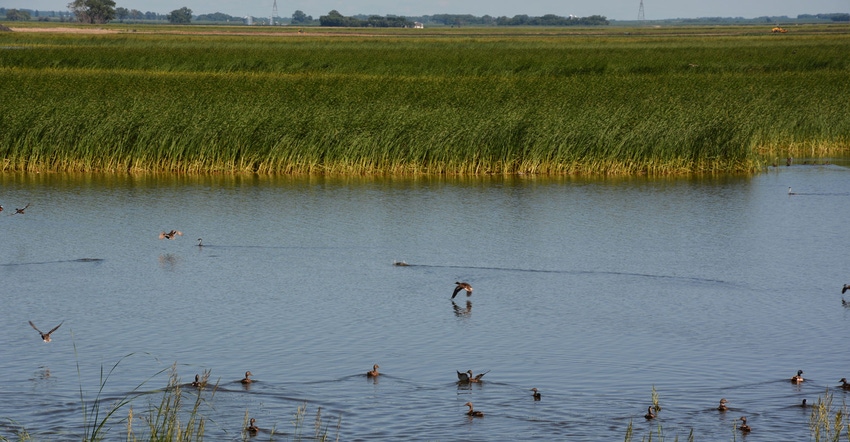
A comprehensive watershed management plan that was established in Minnesota in 2016 now has 90% participation.
The One Watershed One Plan (1W1P) program, overseen by the Board of Water and Soil Resources, provides funding, policies and support for local governments and partners to develop plans based on the watershed rather than a county boundary. 1W1P stems from recommendations offered during a state water roundtable in 2010 that examined water planning and funding. 1W1P programs are based on water quality monitoring data and tailored to local conditions with input from multiple agencies. Local stakeholders within the watershed prioritize projects which would quality for Clean Water Fund support through the Clean Water, Land and Legacy Amendment. Projects cover a range of issues, including soil health and invasive species.
Since planning is long-term, groups are encouraged to include climate trends when developing 1W1P programs. The legislature set a goal for state-wide W1P1 participation by 2025.

At its Aug. 25 monthly meeting, BWSR approved five new planning grants to watersheds to complete their 1W1P programs. Receiving grants are the Cottonwood-Middle Minnesota, Crow Wing River, Upper Mississippi - Grand Rapids, Rainy River-Rainy Lake/Lower Rainy River and Upper and Lower Red Lake watersheds. Grants totaling $1.3 million are available for the five watersheds.
New 1W1P completed
BWSR also approved a completed 1W1P for the Middle-Snake-Tamarac River Watershed Comprehensive Watershed Management Plan.
Nicole Bernd, West Polk Soil and Water Conservation District manager, Crookston, noted that 17 issues were identified in the Middle-Snake-Tamarac River Watershed after extensive review of public feedback, local water plans and studies. The planning partners, which includes the SWCD, organized issues into one of four resource categories — groundwater, surface water, land stewardship and habitat. As part of the 1W1P process, the planning partners also determined actions needed to address issues, when and where they will be targeted, how they will be measured and how much they will cost.
“This plan will be implemented to the degree that additional funding is acquired, and at a locally determined pace of progress,” Bernd says. “Outreach and incentives will be used to assist with voluntary implementation of plan actions on private lands.”
Issues that the watershed looks to address include upland erosion and runoff from non-point sources, groundwater contaminants, and altered stream hydrology that is impacting geomorphology and aquatic life, Bernd adds.
BWSR also contracted with Minnesota Management and Budget to evaluate the 1W1P program. In general, the report found favorable feedback on 1W1P. Areas to improve include adding BWSR staff to support 1W1P, decrease the burden on planning partners and support for plan maintenance. Read the full report online at 1W1P main page of the BWSR website.
About the Author(s)
You May Also Like






